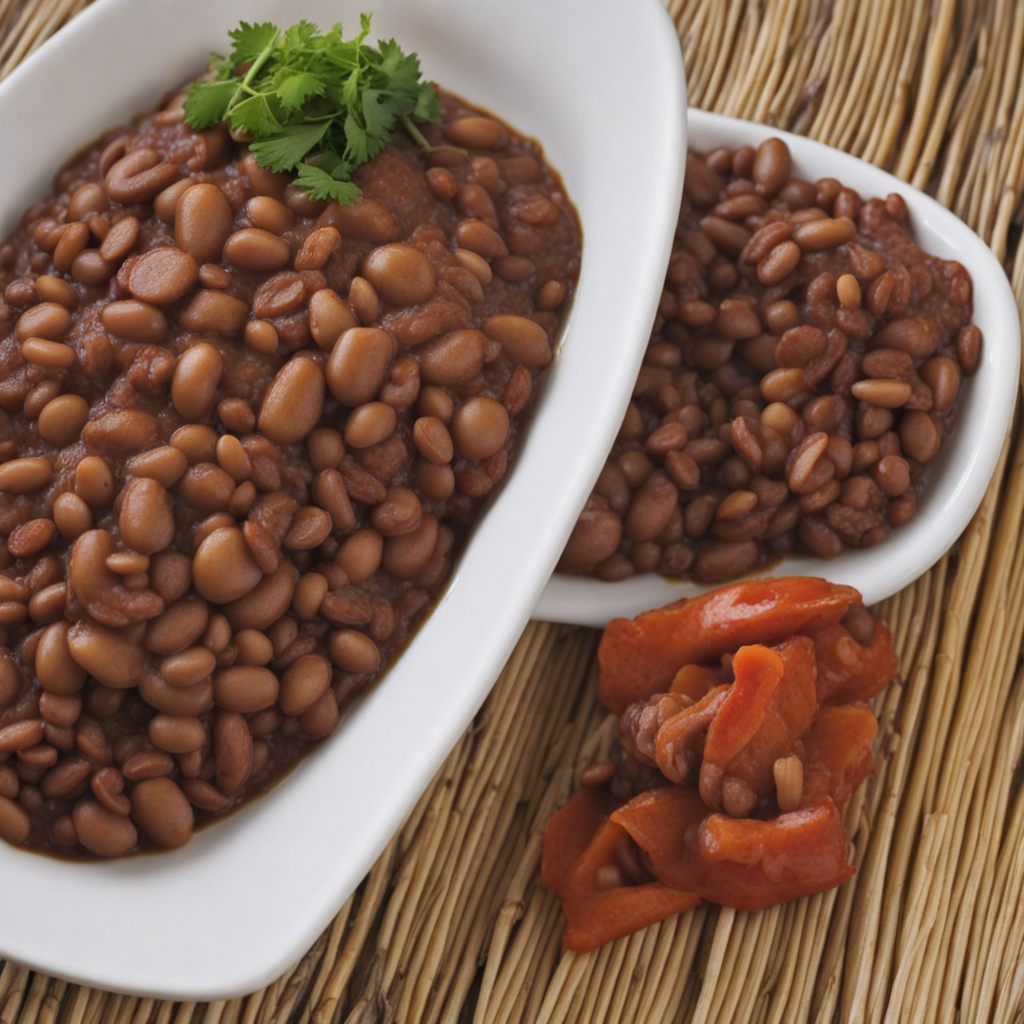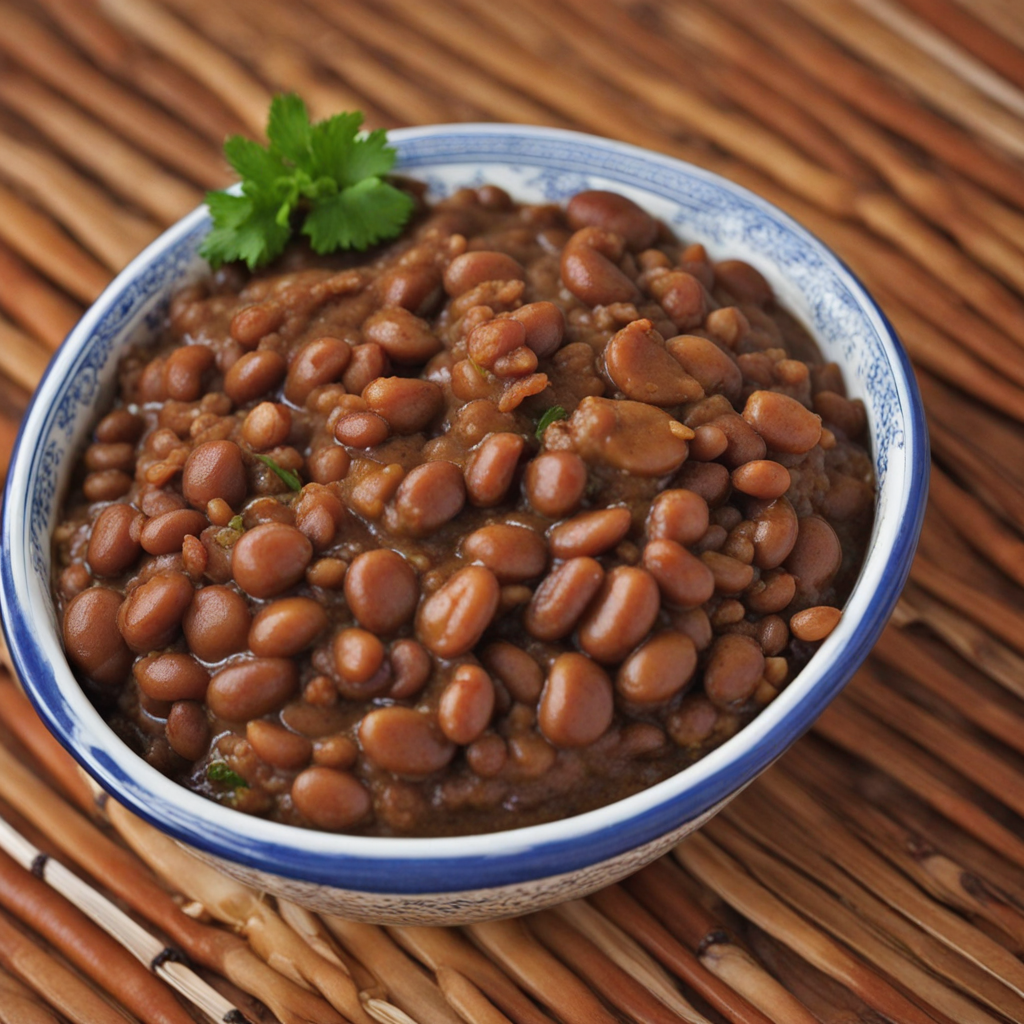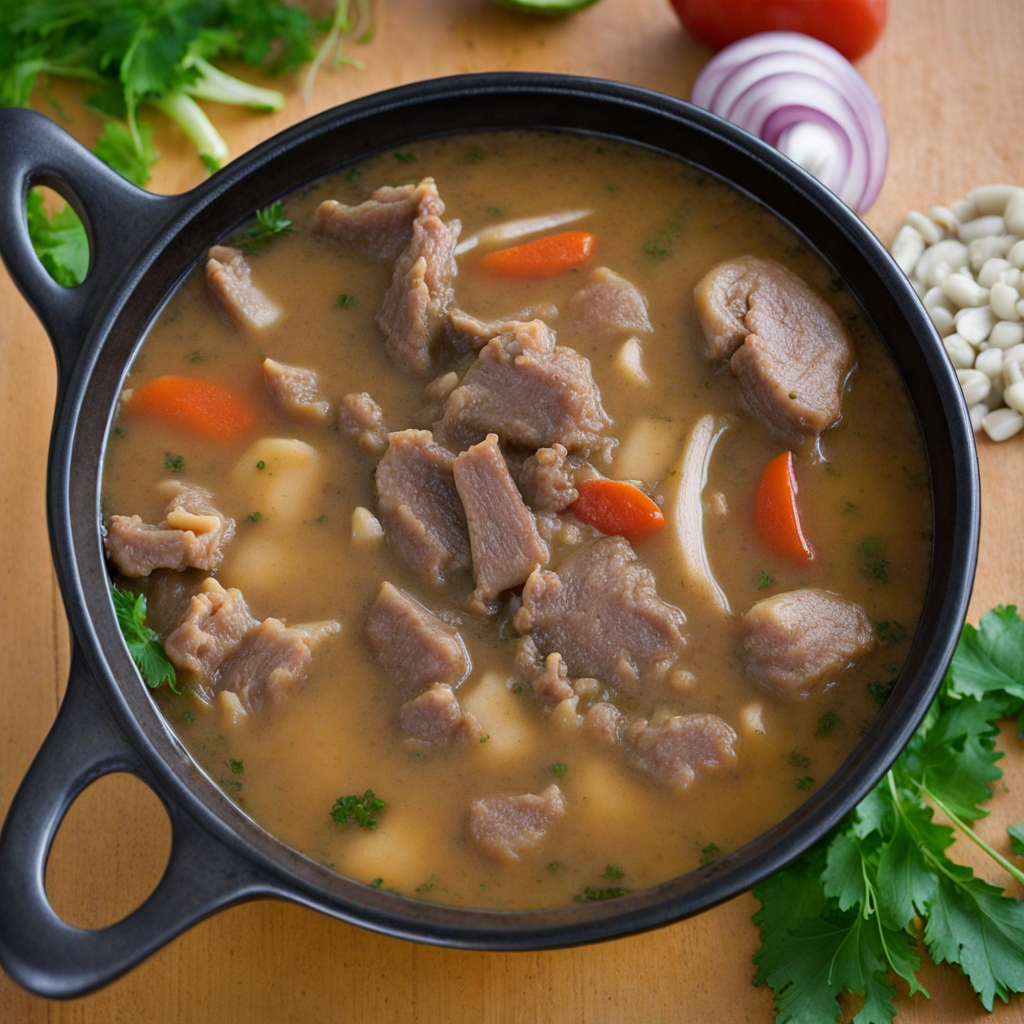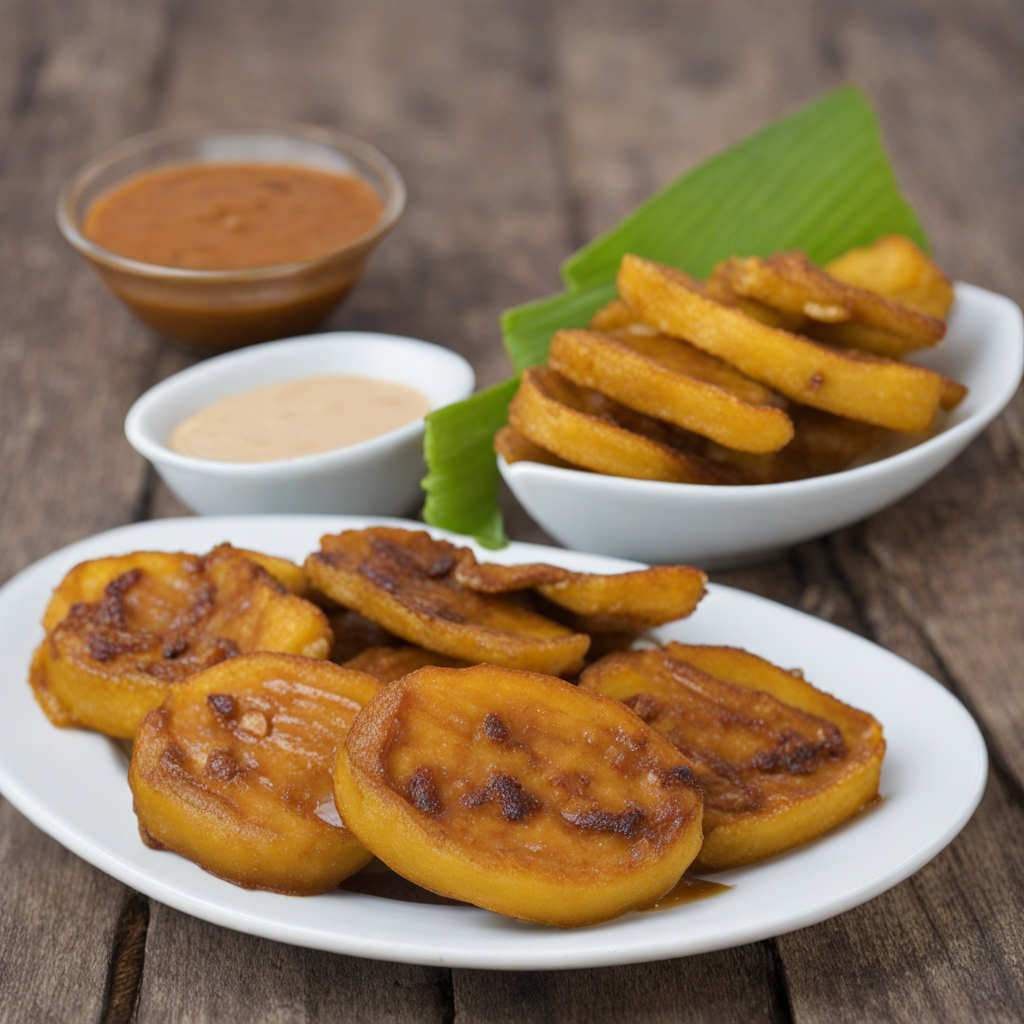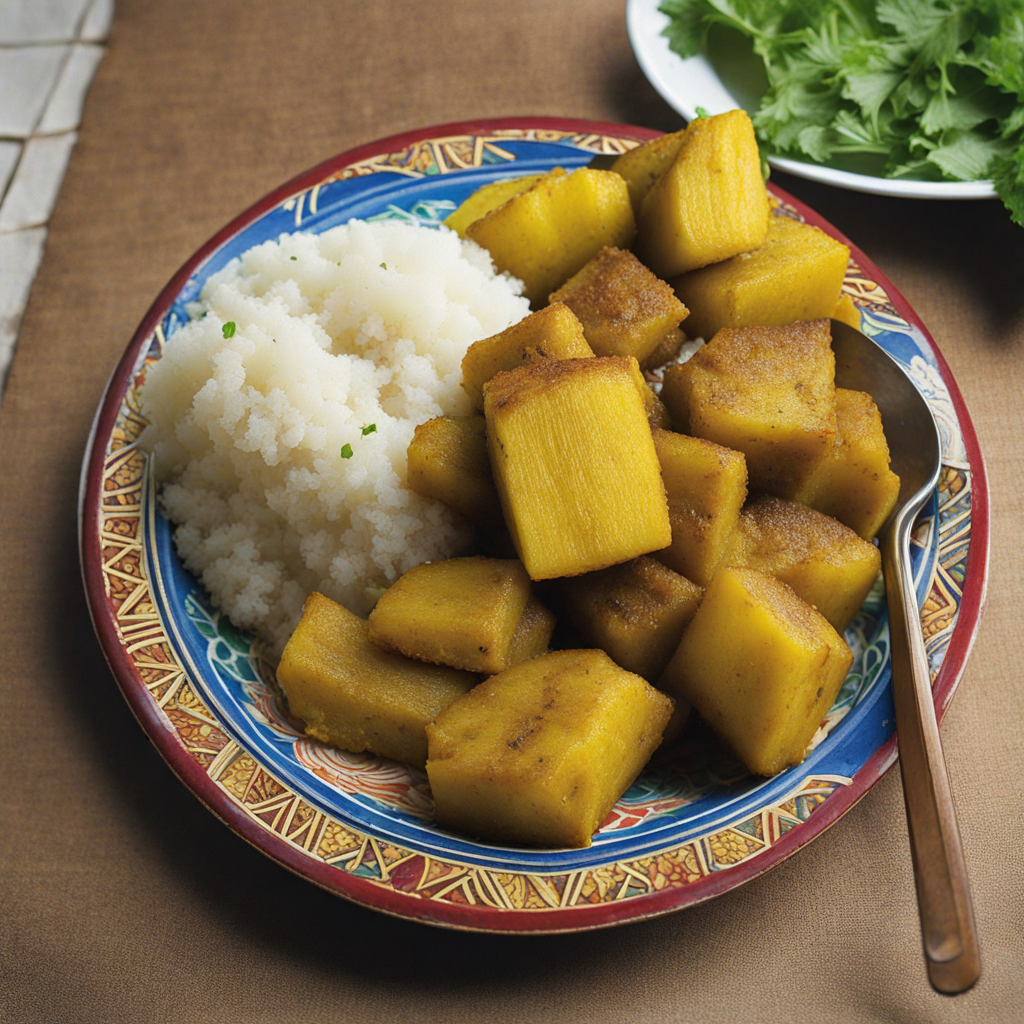Brown Beans
Brown Beans, known as "bruine bonen" in Suriname, are a beloved staple in Surinamese cuisine that exemplify the rich cultural tapestry of the region. These small, oval-shaped legumes have a deep, earthy flavor that becomes even more pronounced when cooked. Often enjoyed in a variety of dishes, they possess a creamy texture that provides a satisfying contrast to the vibrant spices typically used in Surinamese cooking. Their nutty profile makes them a versatile ingredient, perfectly complementing both savory and sweet recipes alike. In Suriname, brown beans are commonly prepared in stews, soups, or simply served alongside rice. One popular dish features brown beans simmered with coconut milk, garlic, and a hint of chili, creating a fragrant and hearty meal that warms the soul. The addition of spices like cumin and bay leaves enhances their natural flavor, while fresh herbs bring a burst of freshness. This dish often showcases the harmony of Surinamese culinary traditions, blending indigenous, African, and Asian influences into a delightful experience for the palate. For those eager to explore new tastes, brown beans offer an opportunity to delve into the world of Surinamese gastronomy. Their nutritional benefits, including high protein and fiber content, make them a healthy choice for any meal. Whether you enjoy them in a traditional stew or experiment with new recipes, brown beans promise to introduce you to a unique and flavorful aspect of Surinamese culture, inviting you to savor every bite and embrace the warmth of its culinary heritage.
How It Became This Dish
The Fascinating History of Bruine Bonen: A Surinamese Staple #### Origins and Introduction to Suriname Bruine bonen, or brown beans, hold a special place in the culinary landscape of Suriname, a small but culturally rich country on the northeastern coast of South America. This unique ingredient, which is typically the common brown bean (Phaseolus vulgaris), has a storied history that reflects the diverse influences that have shaped Surinamese cuisine over centuries. Originally, the brown bean is believed to have its roots in Mesoamerica, where it was cultivated by ancient civilizations like the Maya and the Aztecs. The cultivation of beans spread to the Caribbean and eventually reached the Guianas, including Suriname, through various trade routes and migration patterns. The introduction of the brown bean to Suriname was likely facilitated by the arrival of European colonizers, particularly the Dutch, who established their presence in the region during the 17th century. With the importation of enslaved Africans to work on plantations, they brought with them their own culinary traditions and ingredients. The cultural exchange led to the integration of brown beans into the local diet, where they quickly became a staple ingredient. Over time, the brown bean adapted to the local climate and soil, thriving in Suriname’s rich agricultural landscape. #### Cultural Significance Bruine bonen is more than just a food item; it is a symbol of resilience and community in Surinamese culture. The beans are a significant source of protein and essential nutrients, making them a vital component of the diet for many families, particularly for those who may have limited access to meat. In Suriname, food is deeply intertwined with cultural identity, and meals are often communal events that bring families and friends together. Dishes featuring bruine bonen are prevalent in celebrations and everyday life alike. One of the most beloved dishes is "bruine bonen met rijst," which translates to "brown beans with rice." This dish is often prepared with a variety of spices and ingredients, such as onions, garlic, and sometimes coconut milk, resulting in a rich and flavorful meal that reflects the diverse culinary influences present in Suriname. The significance of bruine bonen is also highlighted in its connection to traditional festivals and rituals. For many Surinamese people, the preparation and sharing of meals containing brown beans symbolize unity and strength. During events like Eid al-Fitr, which is celebrated by the Muslim community, or during family gatherings, dishes made with bruine bonen often take center stage, showcasing the ingredient's versatility and importance. #### Development Over Time As Suriname’s history evolved, so too did the culinary landscape that embraced bruine bonen. The 19th century saw the arrival of indentured laborers from India, Java, and China following the abolition of slavery. Each group brought their own unique culinary practices, which further enriched the Surinamese food culture. The use of bruine bonen became more diverse, as they were incorporated into various dishes, blending with spices and cooking techniques from these immigrant communities. One notable dish that emerged during this time is "bruine bonen met kip," or brown beans with chicken. This dish showcases how the fusion of different culinary traditions can lead to the creation of new and beloved recipes. The introduction of new spices, such as curry from Indian cuisine and soy sauce from Chinese cooking, has allowed for innovative preparations of bruine bonen, making it a versatile ingredient in Surinamese kitchens. The popularity of bruine bonen also reflects the resilience of Surinamese cuisine in the face of globalization. In recent decades, as Suriname has become more connected to the global community, the appreciation for traditional foods like bruine bonen has grown. Various restaurants in Paramaribo, the capital city, serve contemporary interpretations of classic dishes, attracting both locals and tourists eager to experience the rich flavors of Surinamese cuisine. In addition to its culinary significance, bruine bonen has become a symbol of national pride. With Suriname’s diverse ethnic tapestry, the dish represents a unifying force that transcends cultural boundaries. It has been embraced by various communities within Suriname, showcasing the harmonious coexistence of different traditions and flavors. #### Modern Adaptations and Global Influence As Surinamese cuisine continues to evolve, bruine bonen has found its way into international culinary scenes. Chefs and food enthusiasts outside of Suriname have begun to explore the ingredient, inspired by its rich flavor and nutritional benefits. In recent years, there has been a growing trend of incorporating bruine bonen into vegetarian and vegan dishes, aligning with the global movement towards plant-based diets. Social media and food blogs have played a significant role in popularizing recipes featuring bruine bonen, allowing Surinamese cuisine to reach an even wider audience. Home cooks and chefs alike are sharing their interpretations of traditional dishes, encouraging a new generation to appreciate and celebrate the flavors of their heritage. Furthermore, the rise of sustainability and a focus on local ingredients have brought renewed attention to bruine bonen. As consumers become more conscious of their food choices, the demand for legumes and plant-based proteins has increased. Bruine bonen, with its rich nutritional profile, is being recognized as not only a staple in Surinamese cuisine but also as a valuable ingredient in global cooking. #### Conclusion The history of bruine bonen in Suriname is a testament to the country’s rich cultural tapestry and its ability to adapt and thrive over time. From its origins in Mesoamerica to its integration into the diverse culinary traditions of Suriname, bruine bonen has become a beloved staple that symbolizes community, resilience, and unity. As Suriname continues to evolve, so too will the role of bruine bonen in its cuisine. Whether enjoyed in a traditional dish at a family gathering or reimagined in modern culinary creations, brown beans will undoubtedly remain a cherished ingredient that encapsulates the spirit of Surinamese culture for generations to come.
You may like
Discover local flavors from Suriname


